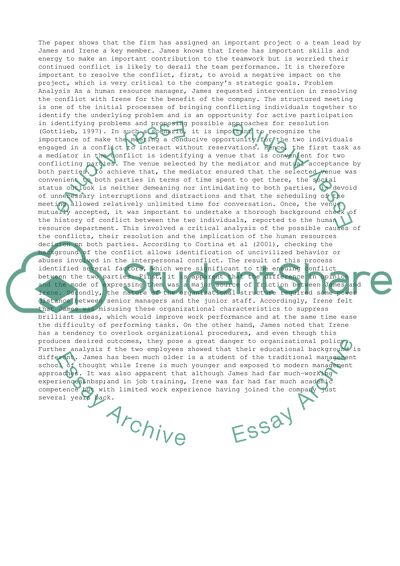Cite this document
(United Nations Disaster Management Training Program Case Study, n.d.)
United Nations Disaster Management Training Program Case Study. Retrieved from https://studentshare.org/management/1463367-leadership-and-management
United Nations Disaster Management Training Program Case Study. Retrieved from https://studentshare.org/management/1463367-leadership-and-management
(United Nations Disaster Management Training Program Case Study)
United Nations Disaster Management Training Program Case Study. https://studentshare.org/management/1463367-leadership-and-management.
United Nations Disaster Management Training Program Case Study. https://studentshare.org/management/1463367-leadership-and-management.
“United Nations Disaster Management Training Program Case Study”, n.d. https://studentshare.org/management/1463367-leadership-and-management.


